Mae Architects and Ash Sakula working on 700-home scheme in the South Downs National Park in East Sussex
Two former Greenpeace directors have unveiled plans for 700 timber homes in Lewes, East Sussex which they claim will be Europe’s “most regenerative” new development.
Jonathan Smales and David Cowans of developer Human Nature have lodged a planning application for the mixed-use scheme, known as Phoenix, which is located on a 7.9ha brownfield site within the South Downs National Park on the banks of the River Ouse.
Billed as the largest timber neighbourhood in the UK, it will be built using the latest practices of modern methods of construction and with a range of alternatives to concrete and steel including bio-based fibres for insulation and repurposed materials, the developers said.
Stirling Prize-nominated Mae Architects, Ash Sakula and Charles Holland are among 13 practices which have drawn up designs for the job, which will consist of 18 blocks powered entirely by renewable energy.
Other firms on the project team include Arup, masterplanners Periscope, environmental engineers Atelier Ten and timber specialists Whitby Wood.
The scheme will prioritise people over cars and features shared gardens, courtyards and rooftops that aim to encourage interaction between people and a culture of sharing. It will be centred around industrial structures that were formerly part of the Phoenix Ironworks, which will be repurposed into a community canteen serving low-cost seasonal food, an event hall, a taproom and a creative space.
Human Nature chief executive Smales, who lives in Lewes, said the site had fallen into disrepair after years of neglect and deserved a “thoughtful and respectful reimagination”.
“The way we design and make places, buildings and infrastructures, even the way we live, share and co-exist in communities, urgently needs a re-think,” he said.
“The Phoenix takes the dangerous imperatives of the climate and nature emergencies and puts them at the heart of the brief for everything here.
“By using engineered timber structure for buildings and other biomaterials, renewable energy infrastructures, co-mobility services, efficient and human-scale apartment blocks with shared facilities, beautiful streets and public spaces, abundant greenery, and new creative and circular economy enterprises, the Phoenix will be an exemplar of the actions needed to create a safe and, in many ways, far better world.”
Arup director of masterplanning and urban design Kathryn Firth said the project was about not just about construction methodology, but also changing residents’ behaviours to make a place that was “truly sustainable”
“Everyone’s talking the talk about sustainability, but not many are actually putting the principles into practice,” she said.
Cowans, chairman at Human Nature, added: “These designs prove that sustainability is not just about environmentalism, and place is not just about buildings.
“The result is a neighbourhood for everyone, that enables happier, healthier lifestyles through generous public space, with clean air and clean energy, jobs and training for young people and well-built, elegant homes of all tenures.”
The planning application has been submitted to the South Downs National Park Authority with a decision expected later this year.











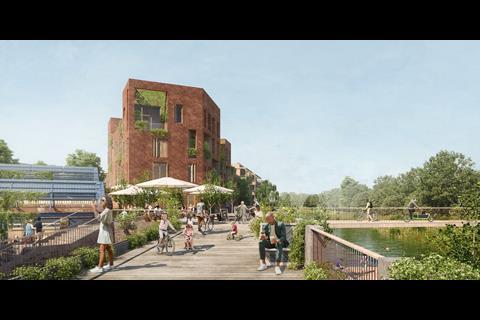
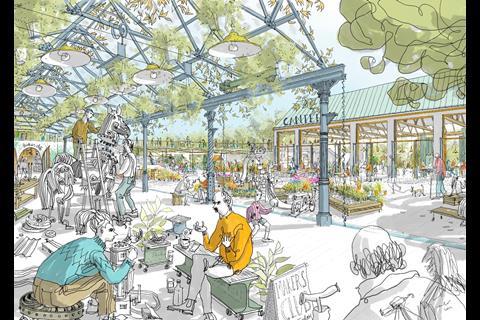
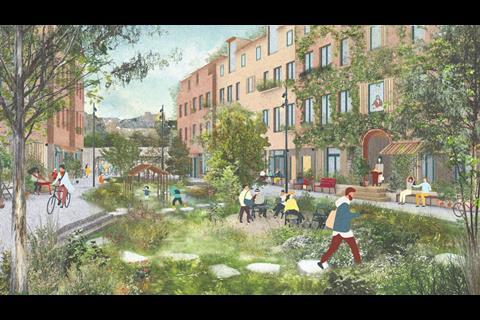
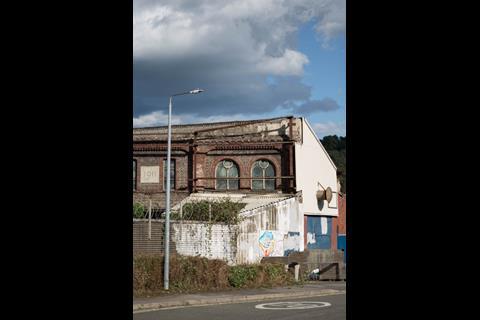
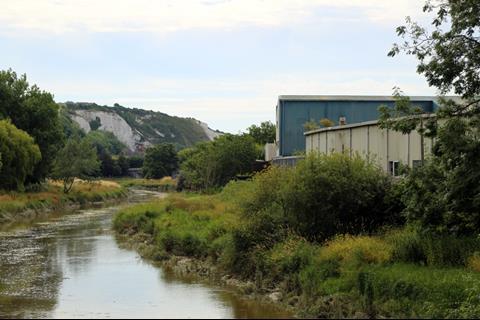
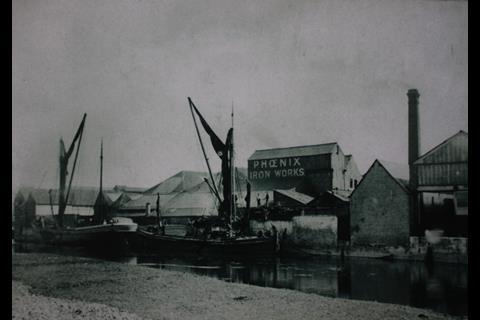







1 Readers' comment